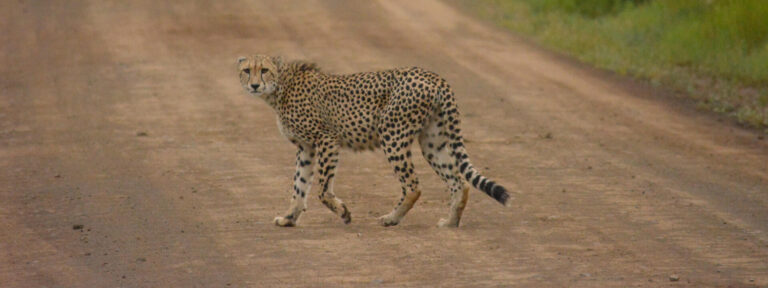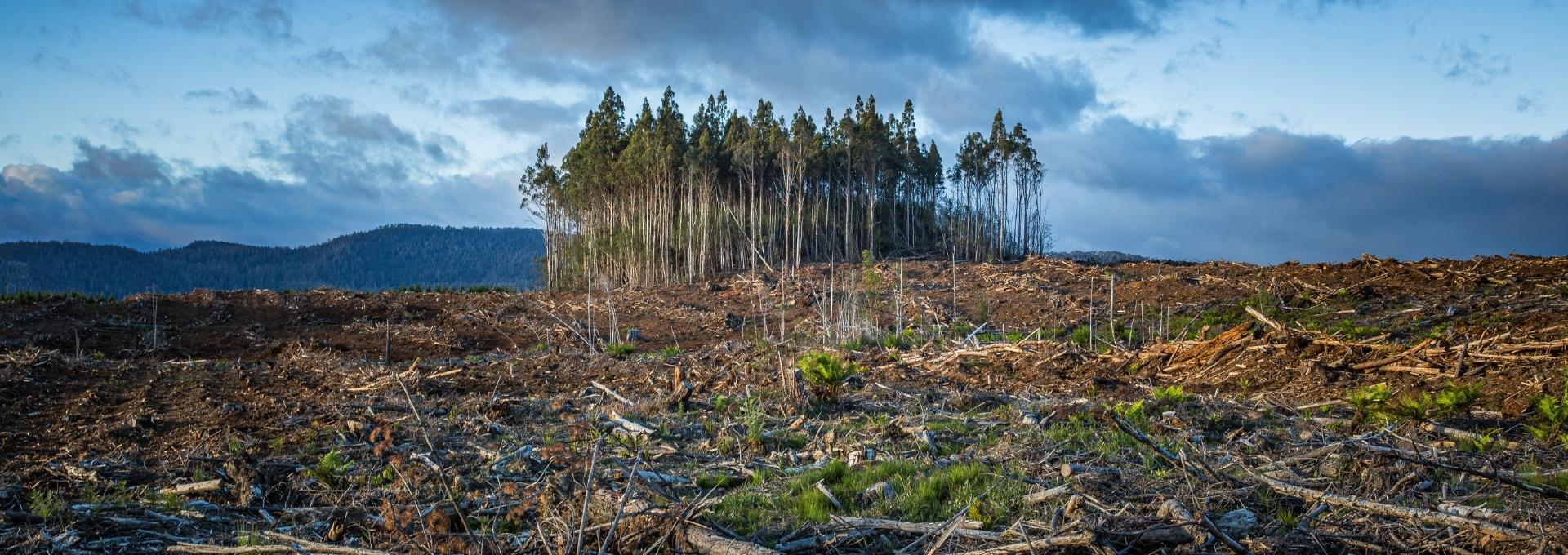
Squeezing out the wild things
Today is World Wildlife Day, the most important annual observance day dedicated to wild species. This year, it will be marked under the theme of ‘Recovering key species for ecosystem restoration’. The celebrations draw attention to the conservation status of some of the most critically endangered species of wild animals and plants, and drive discussions towards finding and implementing solutions to conserve them. Senior Campaigner Andrew Howard looks at how human population growth is impacting three iconic mammals.
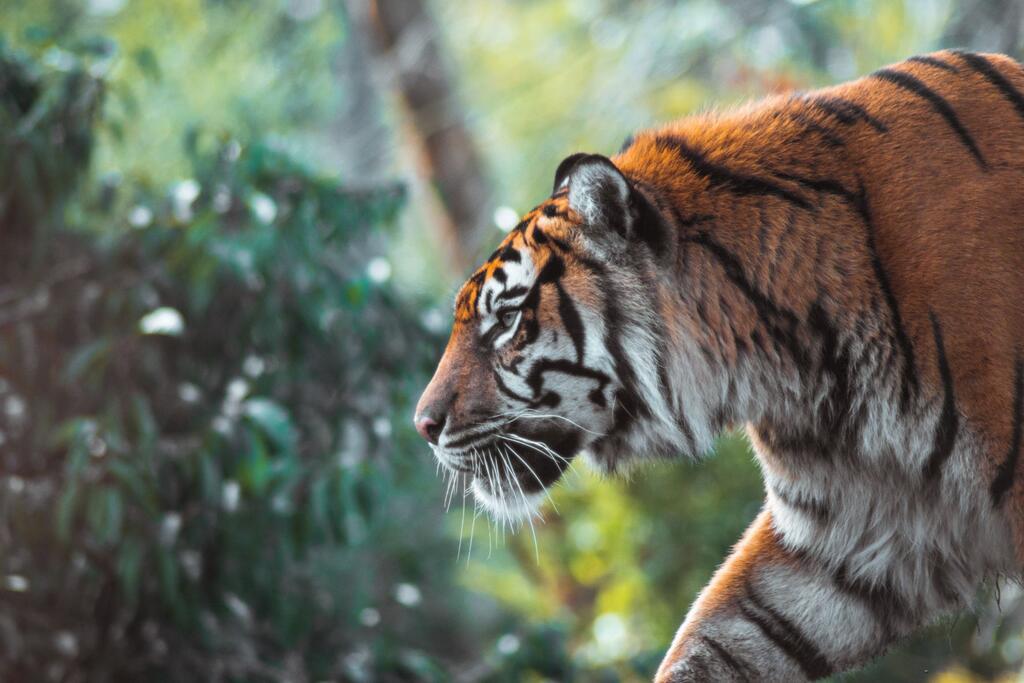
SIXTH MASS EXTINCTION
Biodiversity loss is still accelerating. The extinction rate is now so high that scientists have established human activity is causing a sixth mass extinction. As we have discussed before, biodiversity loss has several primary drivers, which are all well-recognised. By far the biggest culprit is habitat destruction, followed by the overexploitation of wild species (such as overfishing and logging). These are joined by pollution, climate change, and invasive species and disease. Human population growth acts as a driver of all these factors, except invasive species and disease, where it nevertheless can contribute due to human population movements.
The impact of population growth at local level, particularly in regard to habitat loss and overexploitation, is widely recognised. In its landmark 2019 report, the Intergovernmental Science-Policy Platform on Biodiversity and Ecosystem Services (IPBES) stated that an estimated one million species are now threatened with extinction and only one quarter of land areas and one third of oceans remain relatively undamaged by human activity.
According to the IUCN Red List of Threatened Species, 26% of mammals, 21% of reptiles, 41% of amphibians, 13% of birds, 37% of sharks and rays, 33% of reef corals, 28% of crustaceans and 34% of conifers are in danger of going extinct.
TIGERS
Native to many countries in Asia, tigers are considered Endangered by the IUCN Red List. However, they are already extinct in several countries, including Afghanistan, Iran, Pakistan, Kazakhstan, Turkey and several provinces of China. As apex predators, they sit at the top of the food chain. Their declining numbers therefore have an adverse impact on the ecosystems in which they live.
Asia is a rapidly developing region with a dense and growing human population. Its population stands at around 4.7 billion (60% of the global population) and is on track to exceed 5 billion by 2040. Combined with increasing consumption levels, this puts huge pressure on remaining tiger habitats and populations. According to recent research, up to 40% of tiger habitat has been lost since 2006, with conversion of forested land to agriculture, human settlement and commercial logging the main drivers.
Poaching for the illegal trade in high-value tiger products, including skins, bones, meat and “tonics”, is also a major threat, as is retaliatory killing due to attacks on people and livestock. In addition, shrinking and fragmentation of tiger habitats due to the encroachment of humans is worsening human-tiger conflict. Road building is also threatening to break up habitats further and disrupt breeding.
POLAR BEARS
Polar bears are listed as Vulnerable on the IUCN Red list. However, estimating their abundance and population trends is difficult because they often occur in low densities in remote habitats of the Arctic and sub-Arctic.
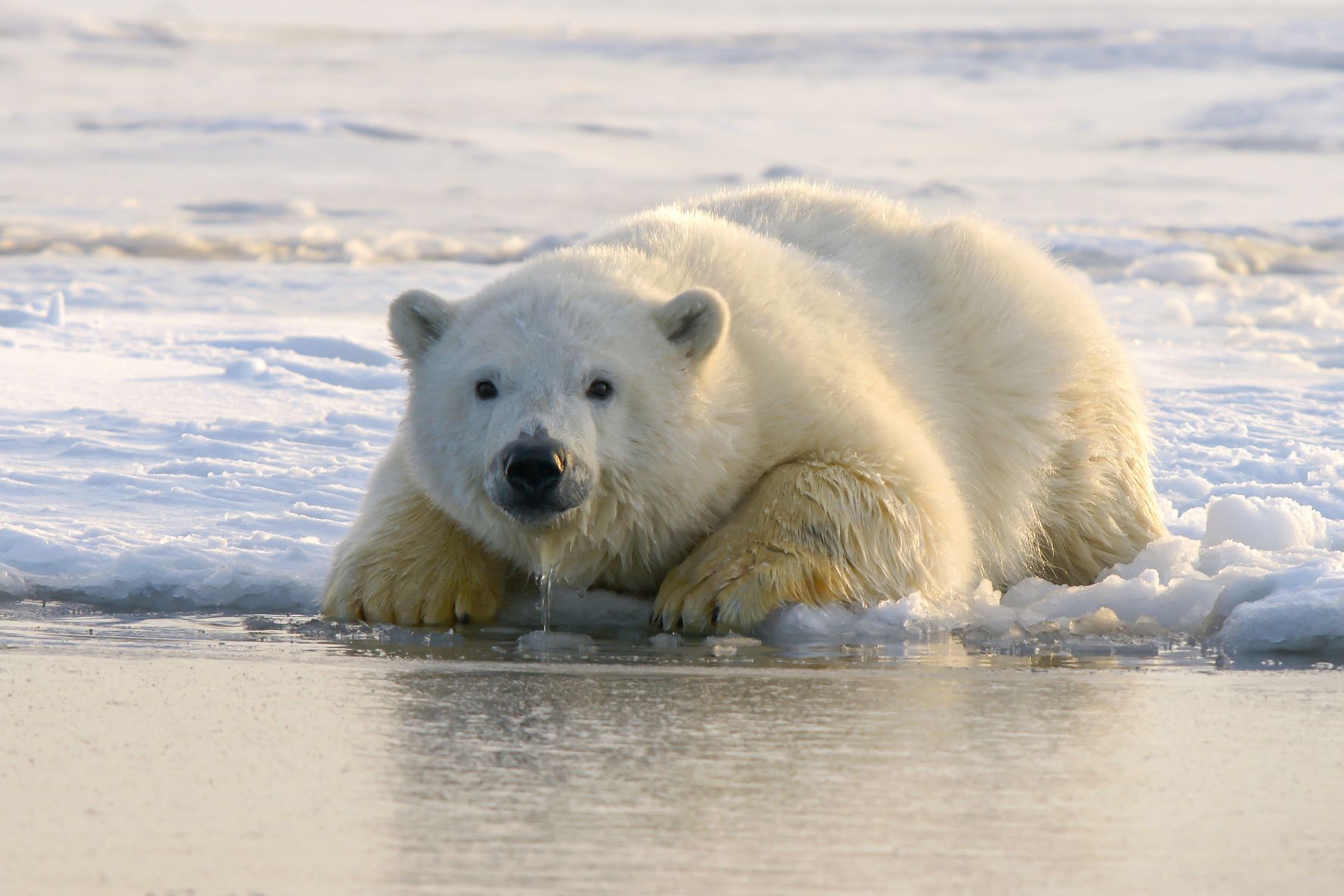
What is not in doubt is that polar bears face a growing number of human-induced threats. Higher temperatures and erratic weather patterns, symptoms of human-caused climate change, are increasing across their range. Crucially, they depend on Arctic sea ice for access to their seal prey. As the climate warms and the ice melts, polar bears face starvation. On their search for food, hungry bears are increasingly coming into conflict with humans. Climate warming poses the single most important threat to the long-term survival of polar bears.
Climate change could also be contributing to a range of other threats to polar bears. These include impacts to the habitats where female polar bears build their dens to give birth. Predicted increases in forest fires could potentially have adverse effects on maternity denning habitat in sub-Arctic regions. The warming climate has also been associated with an increase in disease-causing organisms (or pathogens) in Arctic marine life. Many different pathogens have been found in seal species; the potential therefore exists for transmission of these diseases to polar bears.
Human population growth is an important driver of the climate crisis – each additional person on the planet adds their own carbon footprint (more so in the richer parts of the world due to higher consumption levels). Food systems, including the destruction of forests to make way for agriculture, energy and transport are the main sources of greenhouse gas emissions, all of which are driven by the demands of ever more people.
AFRICAN ELEPHANTS
There are two species of elephant in Africa – according to the IUCN Red List, the savannah elephant is now Endangered and the forest elephant is Critically Endangered, meaning it is only one step away from extinction. Last year’s Red List update showed that the number of African forest elephants fell by a shocking 86% over just three decades, while the population of African savannah elephants decreased by at least 60% over the last 50 years.
Poaching for ivory remains a major cause of elephant deaths, while rapid conversion of land to agriculture and human infrastructure is taking an increasingly heavy toll on remaining populations. The IUCN Red List states,
“Human population growth projections suggest land conversion will accelerate rapidly in the coming decades across Africa, which will likely increase this threat.”
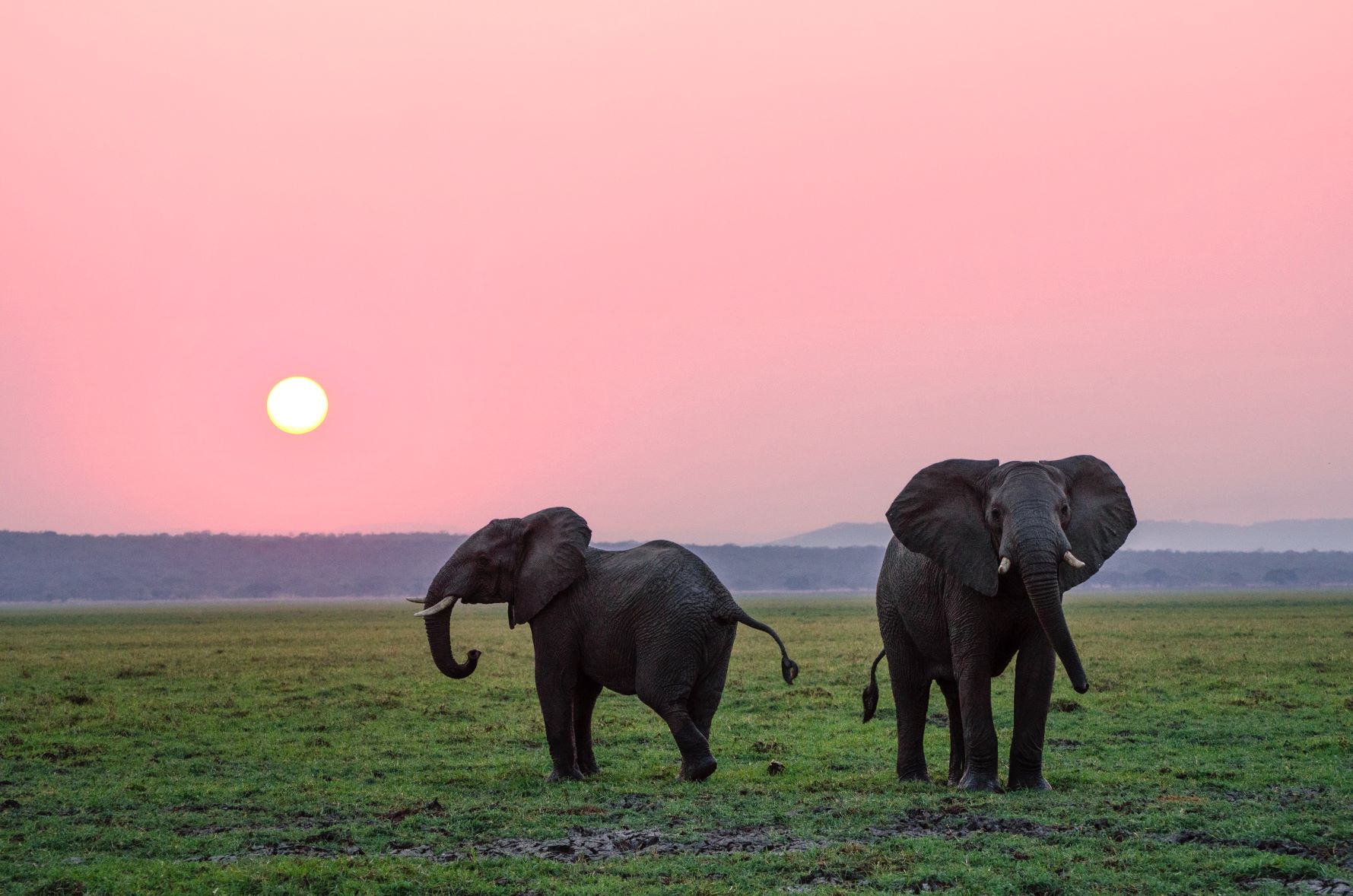
The African continent is expected to double its human population by 2050, which spells disaster for large-bodied species that need extensive natural habitats to maintain their populations. In fact, a 2019 study published in the journal Nature found that rapid human population growth is the biggest driver of nature loss in African countries. The good news is that small changes in the fertility rate now can result in vastly lower future population projections. Even better, the most effective measures are morally essential anyway and benefit everyone: empowering women and girls to take charge of their bodies and lives by removing all barriers to modern family planning and quality education.
POPULATION SOLUTIONS IN KEY BIODIVERSITY AGREEMENT
Tackling all direct and indirect drivers of biodiversity loss is essential to protect and conserve the Earth’s biodiversity, including these precious and iconic animals.
Following the complete failure of the previous global biodiversity goals, the new international agreement, the post-2020 Global Biodiversity Framework (which will be further negotiated in Geneva from 13-29 March), is intended to ensure that by 2050, humans are living in harmony with nature. The current draft makes no direct reference to human population growth, including in its 21 targets for 2030.
Through our online action, you can write directly to your country’s environment minister – please help us ensure that the new agreement explicitly acknowledges the key driver of human population growth, and promotes empowering, globally beneficial (yet hugely underfunded) solutions.

